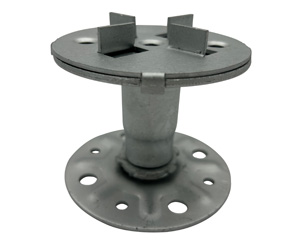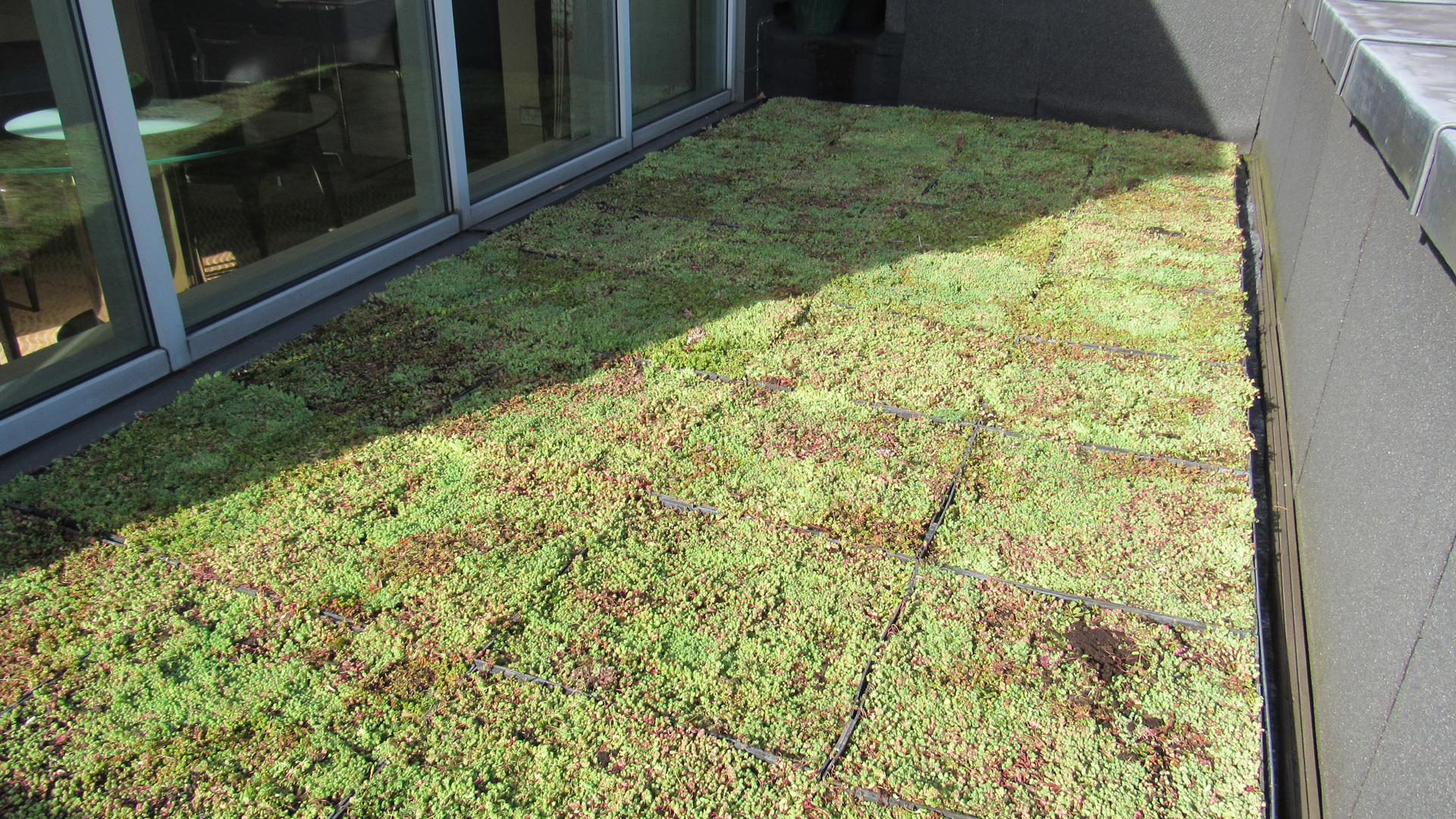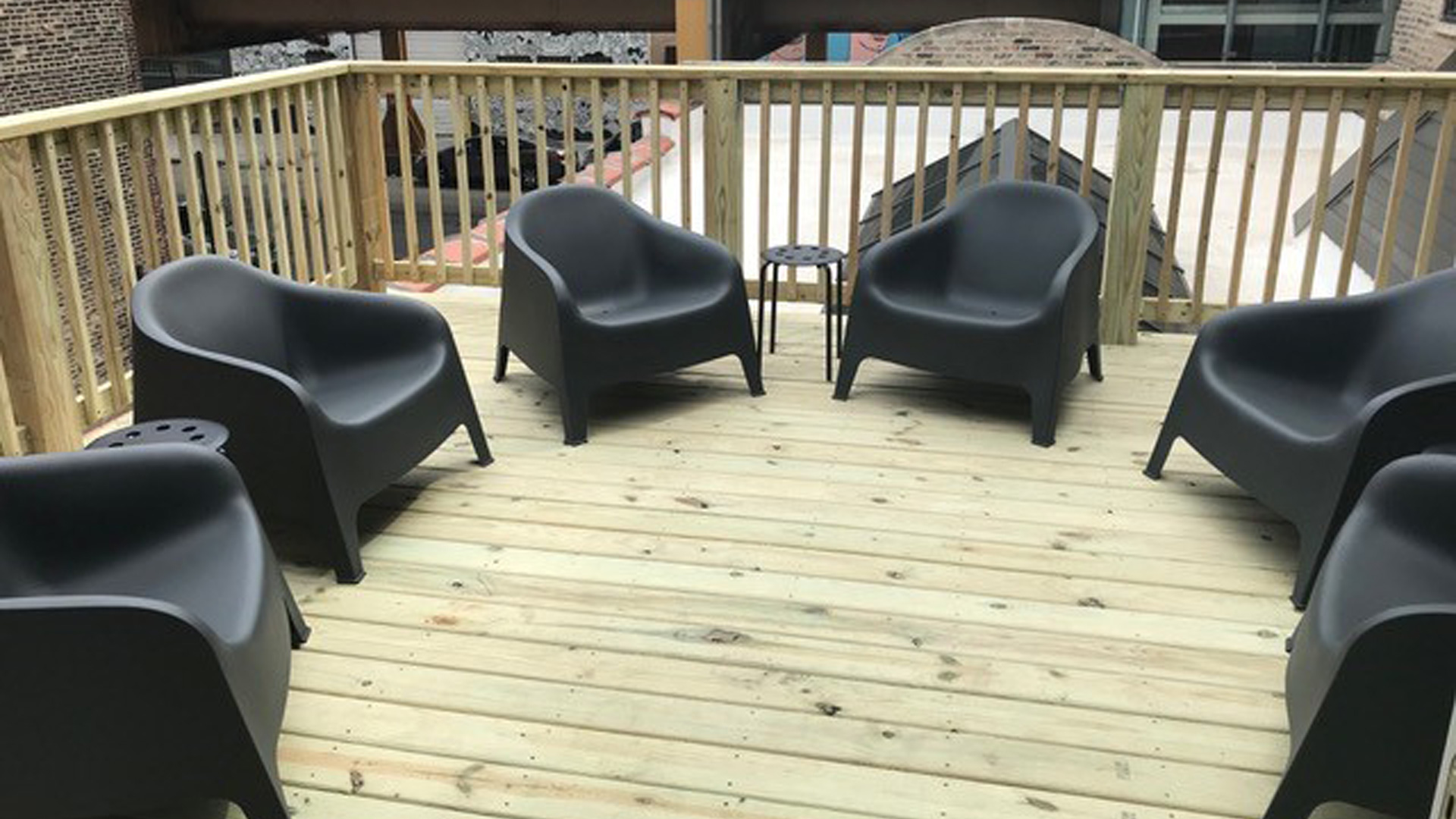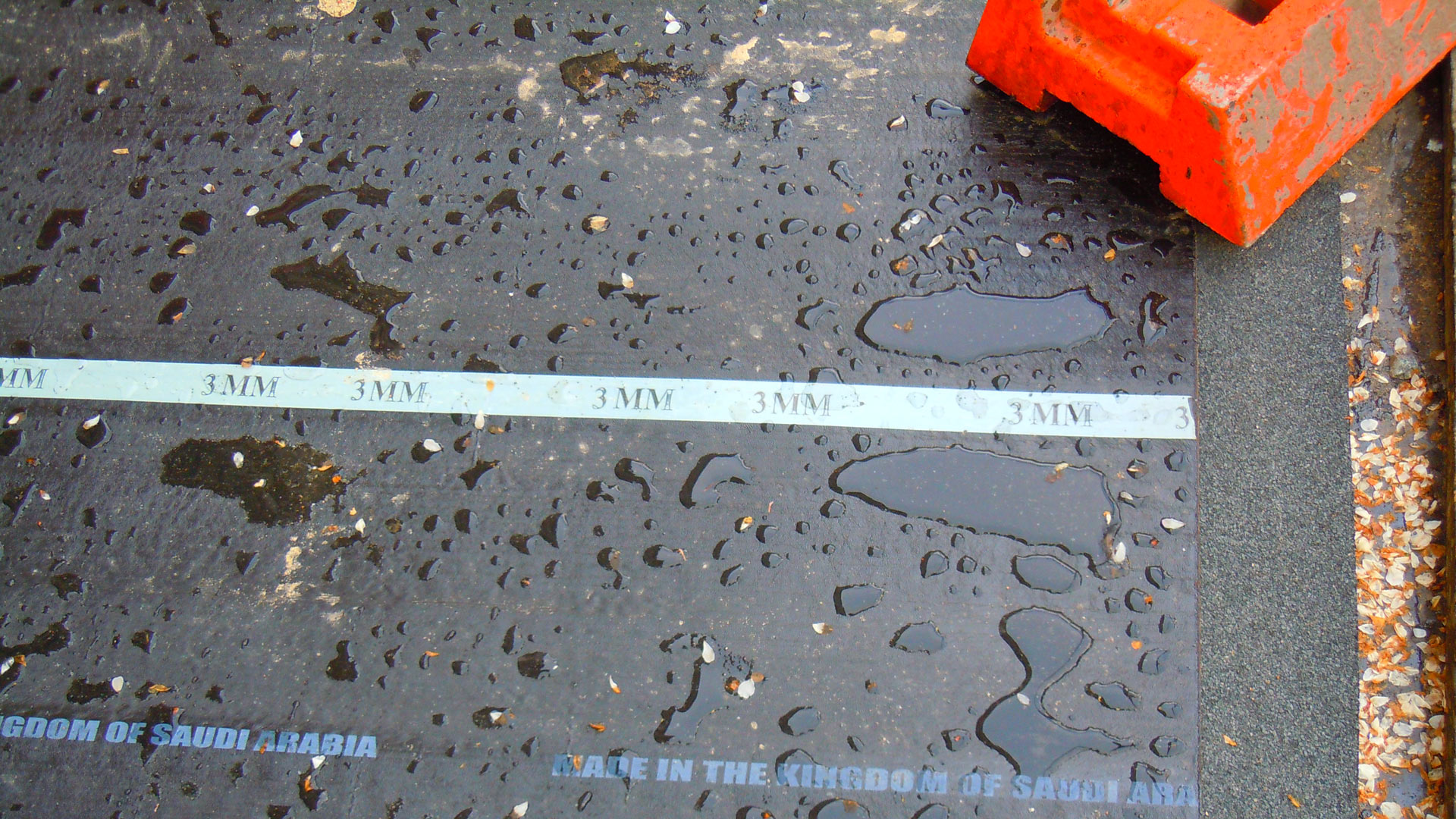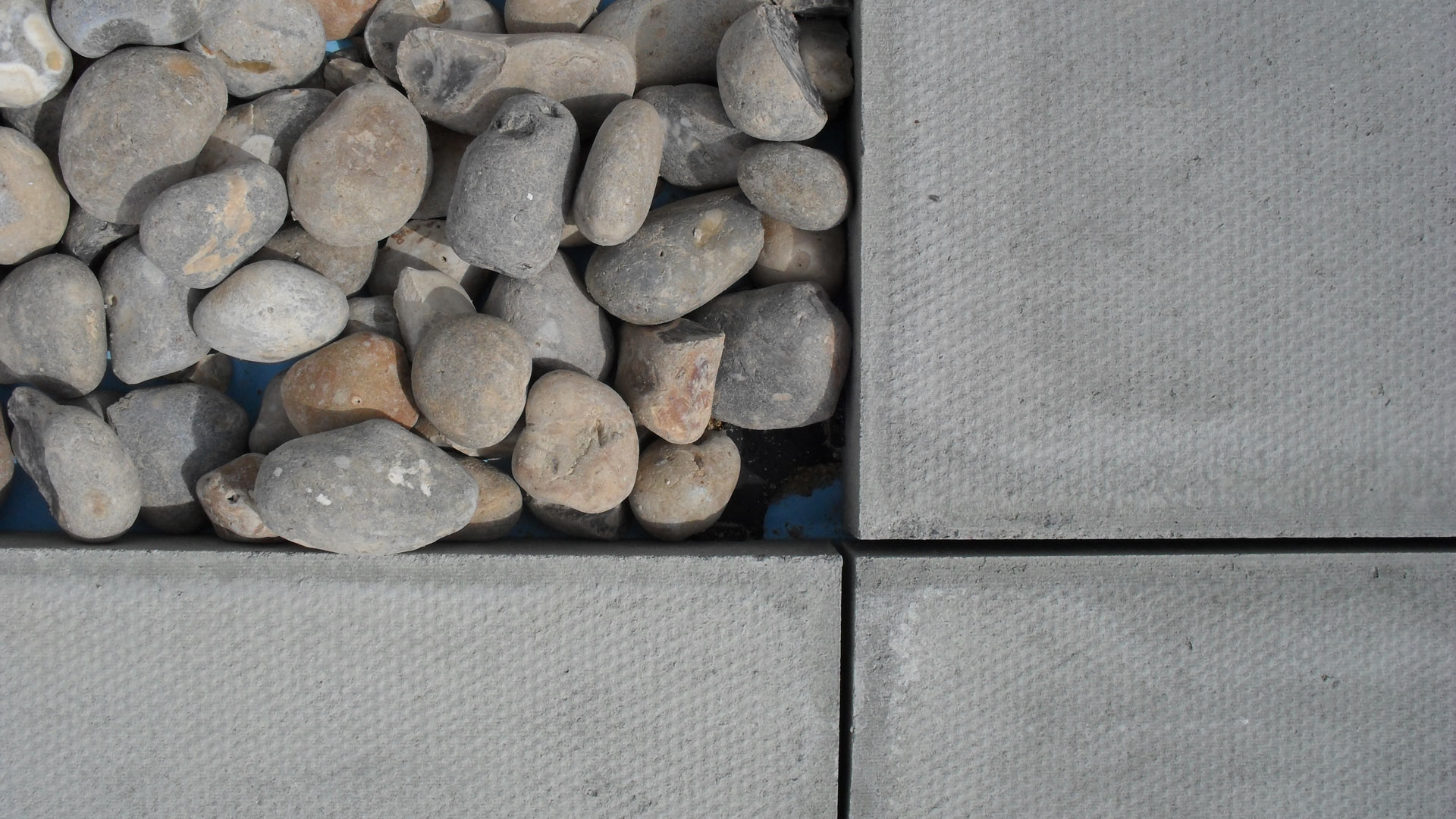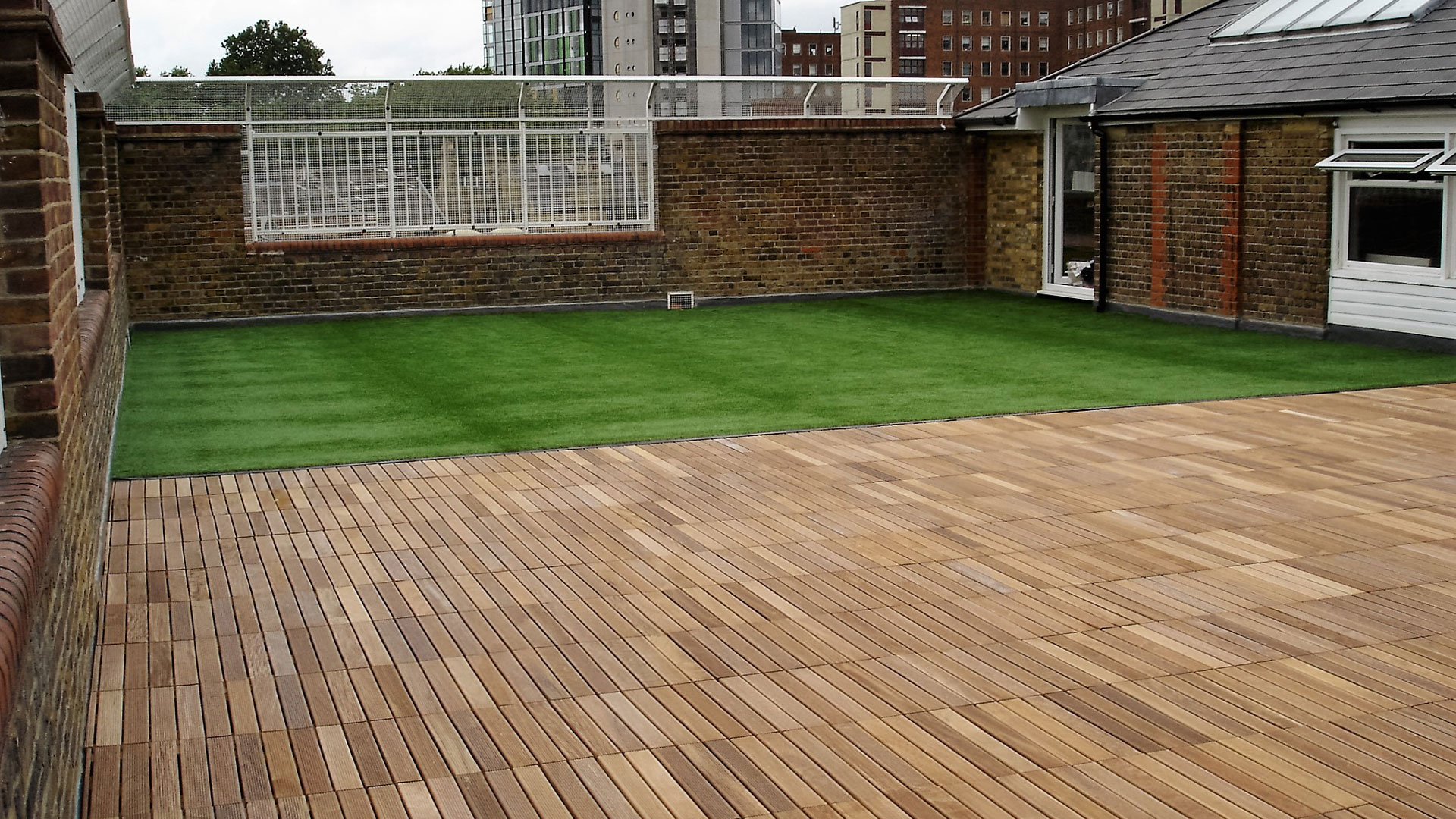As the global population steadily increases it becomes significantly more likely that most of us will end up living in a busy, urban area at some point in our lives.
Cities can feel close and claustrophobic leaving you craving fresh air under a green canopy, especially in the middle of a heatwave. It undoubtedly feels good to get out of the urban sprawl and catch a break from the oppressive warmth and the positive effects of greener cities on our health are measurable.
Research from the University of East Anglia found that having access to green spaces can reduce your risk of type II diabetes, cardiovascular disease, premature death, preterm birth, stress and high blood pressure. This is pretty significant for global health as more than one of these illnesses can be found on the World Health Organisation’s top 10 causes of death.
By 2030, urban areas could provide a home for 60% of the world’s population with one in three people living in a city housing over half a million inhabitants, according to the United Nations. An increase in population density means that green spaces are frequently sacrificed to build more homes. It makes cityscapes all the more uninviting, widening the gulf between rural and urban living.
Aesthetics aside, when looking for solutions to pollution, smog and rising temperatures, scientists are increasingly finding that plants and trees could provide be the answer. Urban living of the future will hopefully see many more attempts to make cities more healthy places to live using unconventional means like green walls and roof gardens.
The link between green spaces and life expectancy
So, how much greener do our cities need to be to benefit our health? After taking a look at 9 major studies, Lancet Planetary Health found that a relatively small increase in the green spaces surrounding your home could have an impact on your life expectancy. Researchers collated information from 8.3 million people across 7 different countries and found that a 10 per cent increase in greenery led to a 4 per cent decrease in early death on average.
The greenness of areas was measured using something called the “vegetation index”. On this scale, an arid desert would score 0 whilst a lush tropical rainforest would be 1; increasing this index by just 0.1 improves early death rates for people who live within 500m. Although the study didn’t explicitly look at why more trees might make you live longer, the possibility that surrounding yourself with greenery could add years to your life is compelling.
Alongside other plans to make Paris a more sustainable place, Mayor Anne Hidalgo, announced a tree planting scheme last year with the goal of creating an “urban forest”. At four iconic sites, the city will create “islands of freshness” intended to counter the bubble of heat generated by its inhabitants that encloses most urban environments. The city hall is planning to have 50 per cent of Paris covered by planted areas by 2030, a goal that will require every free centimetre to be utilized from verges to public squares to roofs.



